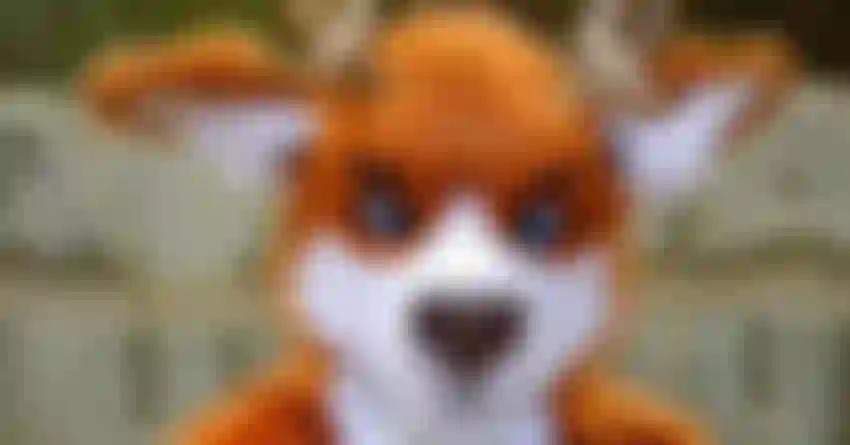A Peek Inside the Furry Community
- 0 Collect
- 0 Like
- 383 Read
- Report


When I hear the term "furry," I immediately place it in the same category as Disney adults, not inherently wrong, just a culture I don't understand. The furry community has every right to exist and thrive, however, like all communities, it should still adhere to basic societal expectations and norms that apply to everyone. Like if you’re a cat, maybe it’s not so cool to bite a stranger. Because in a social context you are in fact a human, larping as a cat, and should have the mental reconnaissance to know that biting a person is wrong.
This is just an example of the anthropomorphic animal to human dichotomy that exists in the lives of furries, and the challenges that arise when embodying these characteristics.
If you haven't already gathered, a furry is defined as an individual who likes animal characters that have human personalities and behaviors, sometimes creating costumes of these characters or adopting them as their digital persona.
In recent years, there has been significant public discourse about furries, largely driven by misinformation and stereotypes promoted by politicians. Many people wrongly associate the furry community with bestiality, fetishism, and social awkwardness, but these misconceptions are greatly exaggerated. In reality, being a furry doesn't necessarily involve sexual activity while in costume, though for some individuals these aspects may overlap. The community is primarily focused on self-expression and social connection.
The target demographic has played a significant role in the perception of the furdom. In 2018 a study was conducted at Anthrocon on FurScience.com where participants filled out a survey questionnaire and, “evidence suggests that furries may be disproportionately likely to have been diagnosed as somewhere on the autism spectrum. In the present study, we asked whether participants had ever been formally diagnosed by a professional as being on the autism spectrum: 11.7% of furries indicated that they have.”
While this percentage does not necessarily indicate that the larger community is autistic, this data lends itself to the broader conversation about neurodivergence and how it intersects with community formation and social interaction. The furry community may provide something particularly valuable for individuals on the autism spectrum, perhaps a structured framework for social interaction, clear community guidelines, or an accepting environment for those who process social cues differently.
Understanding these demographic patterns within the furry community offers broader insights into how marginalized groups create and sustain supportive social networks. Rather than viewing the furry community as merely a hobby or interest group, these findings suggest it functions as a vital community infrastructure for individuals who might otherwise struggle to find belonging.
This has implications for how we think about community formation in digital spaces, the importance of alternative social structures for marginalized populations, and the ways in which creative communities can serve essential psychological and social functions. As society continues to grapple with questions of inclusion and neurodiversity, communities like the furry fandom provide valuable models for acceptance, creativity, and mutual support.
